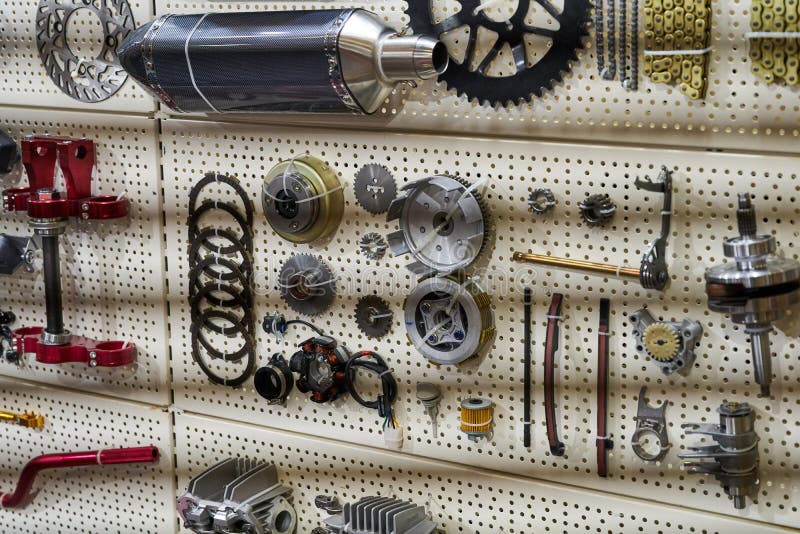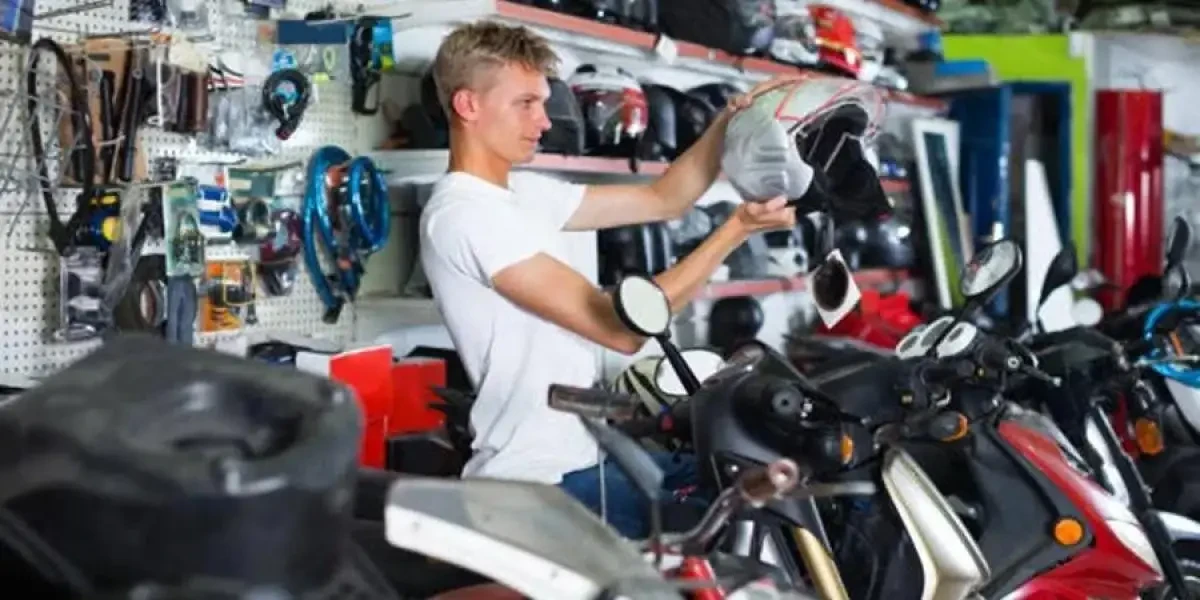Grasping Bike Gears: Exactly How to Optimize Your Riding Experience
In the world of motorcycling, mastering the art of equipment control is important for enhancing your riding efficiency. Correctly recognizing and using bike equipments can dramatically affect acceleration, fuel, and control efficiency, changing a typical trip right into a seamless, exciting journey.
Understanding Gear Mechanics
At the core of motorcycle characteristics, equipment technicians play a crucial function in converting engine power into motion, inevitably determining speed and control. The gear proportions, meticulously created, figure out the connection between engine changes and wheel turns, influencing velocity and fuel efficiency.
Understanding equipment auto mechanics begins with recognizing the value of the transmission, which houses several gears of varying dimensions. These gears communicate through a procedure called meshing, where teeth of different equipments involve to transfer power. The precision of this communication is essential; any misalignment or damages can cause inefficient power transfer, preventing efficiency. Additionally, the setup and size of gears affect the motorcycle's ability to manage different loads and rates.
Furthermore, the principle of equipment moving is indispensable to making best use of efficiency. Smooth and prompt changes guarantee that the engine operates within its optimal power band, avoiding unnecessary stress and improving durability (mx parts nz). By comprehending these mechanical complexities, bikers can achieve a harmonious blend of control, efficiency, and power, elevating their riding experience
Timing Your Changes
Change timing mastery is essential for maximizing motorbike performance and improving the riding experience. Appropriately timed changes guarantee that the engine runs within its ideal power band, which is important for keeping control, attaining smooth velocity, and guaranteeing the durability of the motorcycle. Riders must establish an user-friendly sense of when to change equipments, which involves comprehending the partnership in between engine transformations per minute (RPM) and speed.
To master shift timing, pay close attention to the engine's sound and feel, as these provide vital ideas concerning when to transform equipments. The excellent change point normally happens when the engine approaches the upper series of its power band without reaching the redline. Moving prematurely can cause a lack of power, while shifting too late may cause unnecessary engine pressure
In addition, roadway conditions and riding style influence shift timing. As an example, in metropolitan settings, smoother and more regular changes might be essential to navigate traffic successfully. On the other hand, during freeway riding, less changes at greater speeds can be better. Exercising in different environments will certainly boost your capability to time shifts specifically, eventually elevating your riding experience to a professional degree.
Enhancing Gas Performance
While grasping motorbike gears is vital for efficiency, boosting fuel effectiveness is similarly crucial for both economic and environmental factors. Optimum gas usage not just decreases functional costs yet also minimizes the ecological impact of riding. To achieve this, one need to comprehend the intricate partnership between equipment selection and engine performance.
Firstly, picking the ideal gear at ideal rates can dramatically impact fuel consumption. Riding in a greater gear at reduced speeds can lead to engine lugging, which is destructive to both fuel economic climate and engine wellness. Alternatively, riding in reduced equipments at high rates causes unneeded gas intake. Hence, maintaining an optimal equilibrium by changing equipments in placement with roadway problems and expected maneuvers is crucial.
Furthermore, routine maintenance plays a critical duty in gas performance. Guaranteeing that the motorbike is well-tuned, with tidy air filters and correctly inflated tires, can improve aerodynamics and decrease gas wastefulness. Taking on a riding design that welcomes progressive velocity and smooth deceleration can contribute to far better gas economic situation.

Strategies for Smooth Transitions
Accomplishing smooth gear changes is basic to boosting the riding experience and making sure the durability of a motorbike's transmission Discover More Here system. Proper equipment changing not only adds to a smooth experience however also decreases deterioration on the mechanical components. To master the art of smooth changes, bikers must concentrate on a couple of key strategies.

Secondly, clutch control plays a critical function. Engaging and disengaging the clutch smoothly calls for technique. The clutch lever must be released gradually, enabling a smooth transfer of power from the engine to the wheels without creating a jolt or abrupt activity.

Adjusting to Road Conditions
Browsing varied road problems is an essential skill for any kind of motorcyclist intending to preserve control and security. Whether you're riding on wet surfaces, gravel roads, or navigating doglegs, your capacity to adjust your gear usage and riding technique is critical. Understanding how to readjust your equipments properly can substantially affect traction and stability, ensuring a more secure trip.
On wet roads, it is advisable to maintain greater equipments to decrease torque and lessen wheel spin. This technique assists maintain grip on unsafe surface areas, enabling smoother acceleration and deceleration. On the other hand, when riding on crushed rock or irregular surface, lower gears are preferable. Reduced equipments supply much better control and enable you to respond more promptly to unforeseen changes in the roadway surface area.
Sharp curves require exact gear monitoring to balance rate and control. Downshifting before entering a contour can help keep momentum while making certain official website the motorbike remains steady throughout the turn. Regular method in varied conditions boosts your ability to forecast and respond to modifications in road structure and slope.
Final Thought
Mastering motorbike equipments considerably enhances the riding experience by enhancing fuel, velocity, and control performance. A detailed understanding of gear technicians and precise shift timing makes sure the engine runs within its optimal power band, while smooth shifts via reliable clutch and throttle coordination increase comfort and efficiency. Adjusting gear selection to different roadway conditions, such as utilizing greater equipments on damp surface areas and reduced equipments on gravel, more boosts handling and safety. Eventually, these abilities boost the total trip.
Understanding gear mechanics starts with identifying the value of the transmission, which houses numerous equipments of varying sizes. These gears interact through a procedure recognized as meshing, where teeth of various gears engage to transmit power (moto parts nz). Mild changes to the throttle throughout gear changes can stop jerky activities and keep a constant riding speed
Whether you're riding on damp surface areas, gravel roadways, or browsing sharp turns, your capability to adjust your gear use and riding technique is vital. Adapting equipment option to numerous roadway problems, such as making use of higher gears on wet surfaces and reduced equipments on gravel, more improves handling and safety.